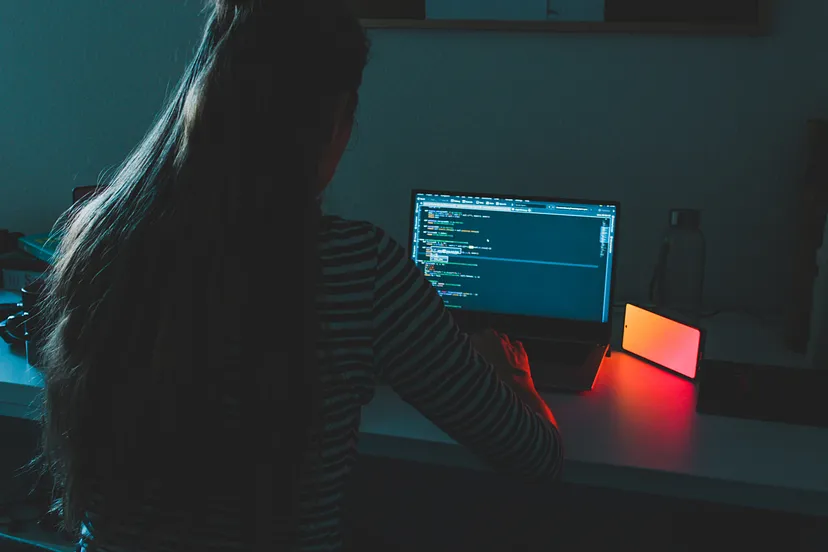Breaking Gender Stereotypes: Engaging Girls in Robotics and Coding
It is essential to ensure everyone has a seat at the innovation table in a world where technology is rapidly shaping our future. Yet, for far too long, the fields of robotics and coding have been dominated by one gender. Yes, you guessed it right, It’s time to talk about breaking those gender stereotypes and engaging more girls in the exciting world of Robotics and Coding.

Let’s face it, when we picture a robotics engineer or a coder, the image that often comes to mind is that of a bespectacled guy in a hoodie, hunched over a computer screen filled with lines of code. But guess what? Reality couldn’t be farther from that stereotype. Girls have been coding even before computers were mainstream, and they’ve been quietly changing the game. Remember Ada Lovelace, the 19th-century mathematician who wrote the world’s first-ever programming instructions? Talk about a trailblazer!
Fast forward to today, and you’ll find a growing number of girls who are proving their mettle in robotics and coding. Take Maedeh Hojabri, an Iranian teenager who used Instagram to share videos of herself breakdancing and programming robots and Gitanjali Rao, who at just 15 years old was named TIME Magazine’s first-ever Kid of the Year for her work in using Technology to solve real-world problems.

According to UNESCO, women account for only 22% of AI professionals globally. Now, imagine the innovations, the solutions, the groundbreaking ideas that we’re missing out on because we’re not encouraging more girls to dive into these fields. It’s not about girls being ‘better’ or ‘worse’ than boys in coding or robotics. It’s about diverse perspectives, about harnessing the power of collective genius.
So, how do we shatter these stereotypes and bridge the Gender Gap? It starts with Education and exposure. Schools and communities need to provide opportunities for girls to explore robotics and coding from an early age. Remember when you first cracked a tough coding problem? That rush of satisfaction, the thrill of creating something out of nothing — every girl deserves to experience that.

Now, let’s ask ourselves a question: What if Marie Curie had been told that girls don’t belong in laboratories? What if Amelia Earhart had been discouraged from soaring because aviation was a ‘man’s world’? The point is that history is made by those who challenge norms and defy expectations. So, how can we collectively challenge the narrative around girls and tech?
Addressing the gender gap in coding and robotics isn’t just about levelling the playing field; it’s about harnessing the full potential of human ingenuity. So, let’s continue to challenge stereotypes, provide opportunities, and celebrate the achievements of girls in these fields. By doing so, we’re not only breaking down barriers but also building a brighter, more inclusive future where everyone can code and create with equal enthusiasm and opportunity.
